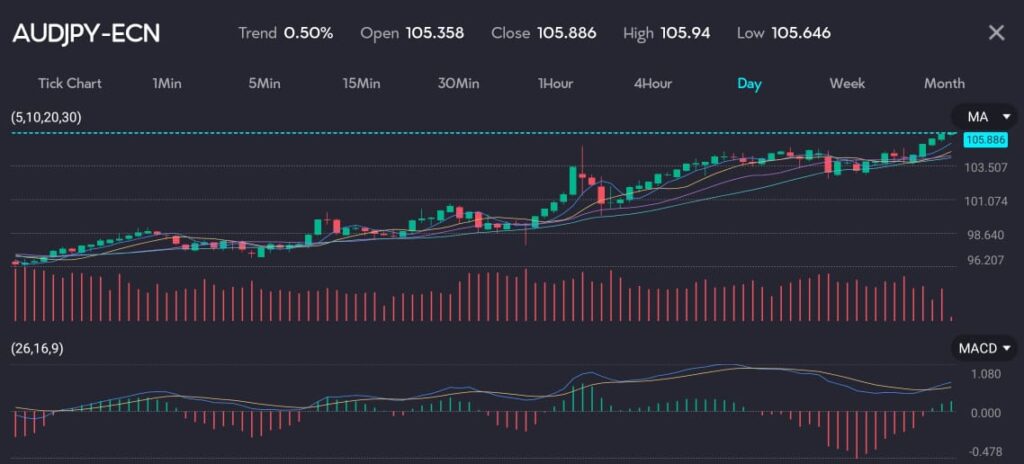Key points:
- The Australian dollar hits a 17-year high against the yen and a one-year top on the euro.
- The Reserve Bank of Australia (RBA) holds rates steady at 4.35% while warning of potential inflation risks.
The Australian dollar experienced gains this week, buoyed by contrasting interest rate outlooks across major economies. As the Swiss National Bank and the Bank of England leaned towards more dovish policies, the Australian market showed resilience, hinting at a possible rate hike.
This divergence has pushed the Australian dollar to impressive heights, reflecting investor confidence in the nation’s economic stance.
Australian dollar surges against yen and euro
This week, the Australian dollar climbed to a near 17-year high against the yen and a one-year top on the euro. The Reserve Bank of Australia (RBA) maintained its interest rate at 4.35%, emphasising its vigilance against inflation risks.
This decision stood in stark contrast to the Swiss National Bank’s rate cut and the Bank of England’s dovish outlook.
Upcoming inflation reports
The consumer price report for the second quarter, expected at the end of July, will be crucial. Analysts predict core inflation to rise by 0.8% or 0.9%, with a possibility of reaching 1% or more. Meanwhile, the monthly CPI figures for May, due next week, are anticipated to show a 0.2% monthly fall but an annual increase to 3.7% from 3.6%.
Even if the RBA avoids a rate hike, markets foresee little chance of easing until April next year. By then, futures imply that U.S. rates will have dropped by 100 basis points. This outlook has kept the Australian dollar firm at $0.6659, although it faces resistance around $0.6705/14.
You might be interested: Aussie sees minimal boost from RBA’s hawkish stance
Performance against yen and euro

Picture: Aussie up against the yen as seen on VT Markets app.
The Australian dollar surged 1.7% this week against the yen, reaching 105.85 yen, a level not seen since mid-2007. The next major target is the 2007 peak of 107.84. It also gained on the euro, which fell 0.6% for the week to a one-year low of A$1.6048.
New Zealand dollar lags
In contrast, the New Zealand dollar lagged at $0.6119, dipping 0.3% for the week. Markets are anticipating rate cuts in New Zealand as soon as October or November.
Data released on Thursday showed minimal economic growth in the first quarter, with the economy remaining nearly flat for six quarters.
The current scenario is complex, a result of global economic policies. The Australian dollar has benefited from its relatively strong economic outlook.
Start trading now — click here to create your live VT Markets account.









